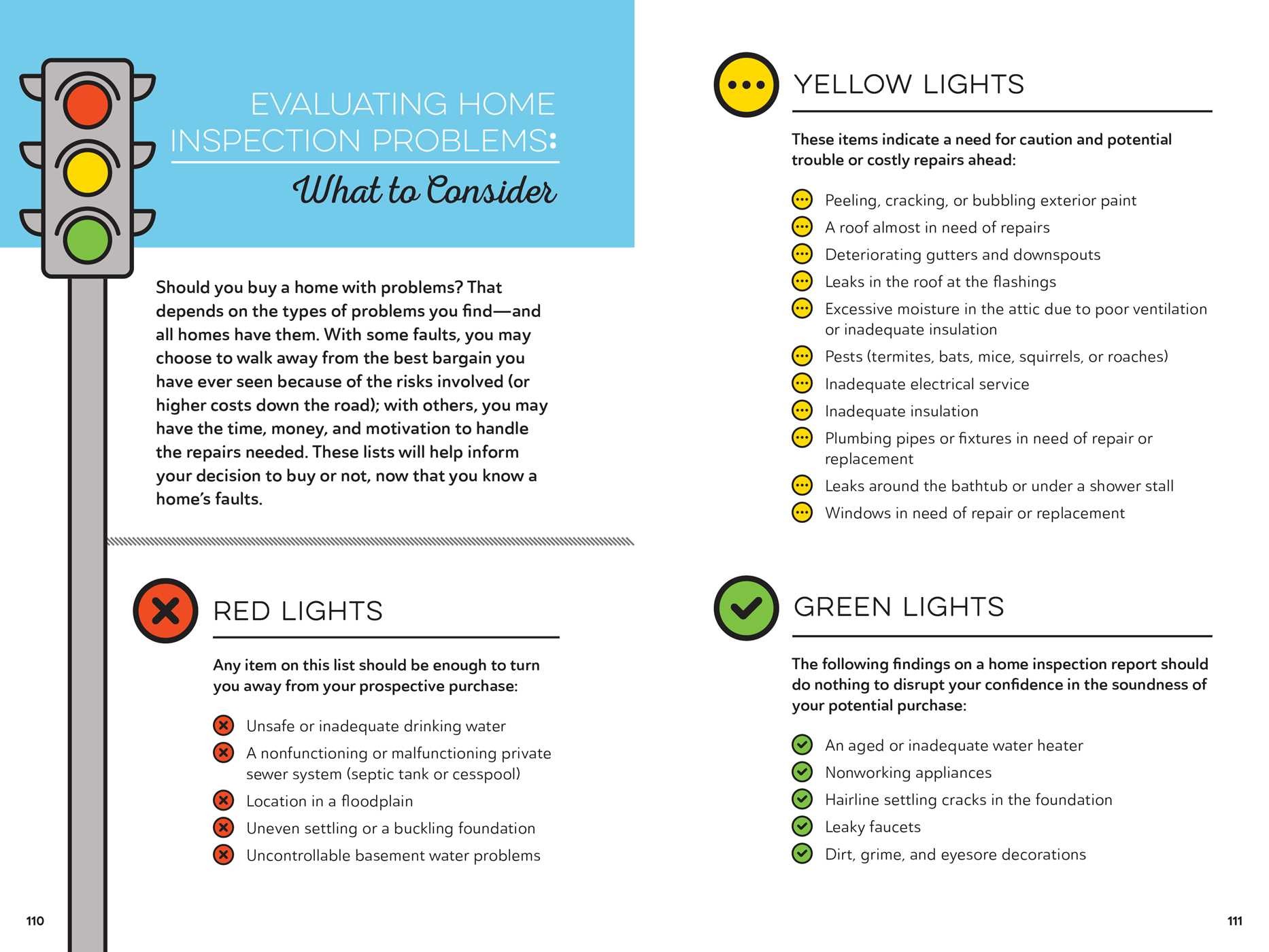Usual Blunders In Roof Covering Installation And Just How To Prevent Them
Usual Blunders In Roof Covering Installation And Just How To Prevent Them
Blog Article
Short Article By-Yang Mark
When you're planning a roof installment, it's simple to overlook critical details that can lead to considerable issues down the line. You might be lured to reduce corners on material selection or skip correct flashing setup, yet these common mistakes can bring about pricey repairs later on. Recognizing the value of ventilation and sticking to regional building regulations is necessary for an effective job. So, what are the essential steps you should require to ensure your roofing stands the test of time? Let's discover some efficient approaches to stay clear of these challenges.
Poor Material Selection
When it involves roof covering installation, selecting the wrong materials can bring about costly issues down the line. You could think that any type of roof covering material will certainly do, yet that's a common false impression. It's important to pick materials that suit your local climate and the particular demands of your home.
As an example, if you stay in a location with hefty rainfall or snow, going with asphalt shingles may not be the best selection. Instead, consider more long lasting alternatives like metal or slate.
Additionally, take notice of the high quality of the products you're considering. Affordable materials may conserve you cash upfront, yet they commonly do not have longevity and can cause frequent repair services or replacements.
You should also consider the design of your home and ensure the materials you choose will certainly keep its visual appeal.
Lastly, don't forget to consult with professionals. They can offer useful insights and advise products that follow regional building regulations.
Investing time in correct product choice currently can assist you avoid frustrations and costs in the future, making your roof job a success.
Inadequate Flashing Installation
Picking the appropriate products isn't the only element that can cause roof covering problems; poor blinking installation can also produce substantial problems. Flashing is Click In this article for routing water away from susceptible areas, such as chimneys, skylights, and roofing valleys. If it's not mounted correctly, you risk water invasion, which can cause mold and mildew growth and architectural damages.
When you set up blinking, ensure it's the ideal type for your roofing's style and the regional environment. For instance, steel blinking is usually extra long lasting than plastic in areas with hefty rain or snow. Make certain the blinking overlaps appropriately and is protected tightly to prevent voids where water can permeate with.
You must additionally focus on the installment angle. Flashing should be positioned to direct water far from your house, not toward it.
If you're unsure regarding the installation process or the materials needed, get in touch with a specialist. They can help recognize the very best blinking options and guarantee whatever is mounted correctly, protecting your home from potential water damage.
Taking these actions can conserve you time, cash, and frustrations down the road.
Neglecting Air Flow Demands
While several home owners focus on the aesthetic and structural aspects of roof installation, ignoring ventilation requirements can lead to severe long-lasting consequences. Appropriate ventilation is important for managing temperature level and wetness degrees in your attic, preventing concerns like mold growth, timber rot, and ice dams. If you do not set up adequate air flow, you're setting your roof covering up for failing.
To prevent this blunder, initially, examine your home's certain ventilation requirements. A well balanced system typically consists of both intake and exhaust vents to advertise air flow. Ensure you have actually mounted soffit vents along the eaves and ridge vents at the optimal of your roofing system. simply click the following website page enables hot air to escape while cooler air goes into, keeping your attic room room comfy.
Also, think about the kind of roofing material you've picked. Some materials may require added ventilation approaches. Ascertain your local building ordinance for air flow guidelines, as they can vary considerably.
Lastly, don't forget to examine your air flow system on a regular basis. Clogs from particles or insulation can hamper air movement, so keep those vents clear.
Final thought
In conclusion, preventing common roofing system installation blunders is vital to guaranteeing your roofing system's longevity and performance. By selecting the right products for your environment, installing flashing effectively, and dealing with ventilation demands, you can prevent costly issues down the road. Do not forget to acquaint on your own with local building regulations and schedule regular inspections. With these actions, you'll appreciate a safe, long lasting roof that secures your home for several years to come. Pleased roof!
